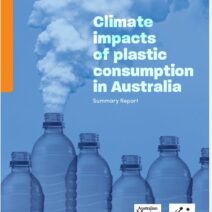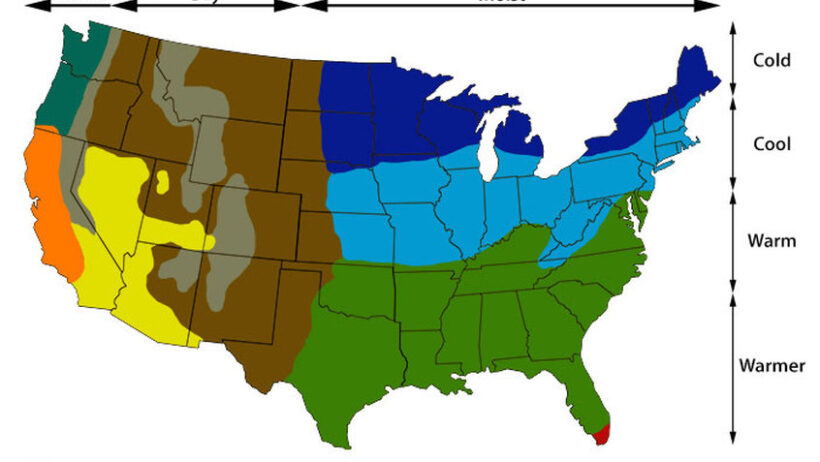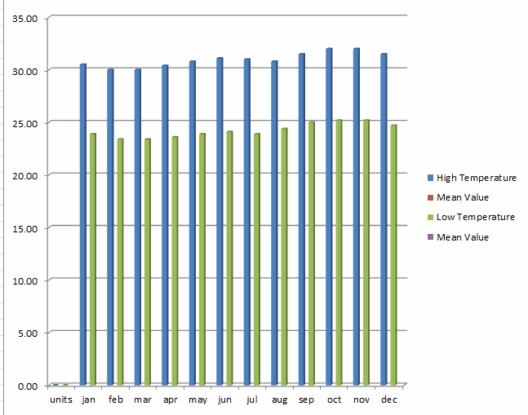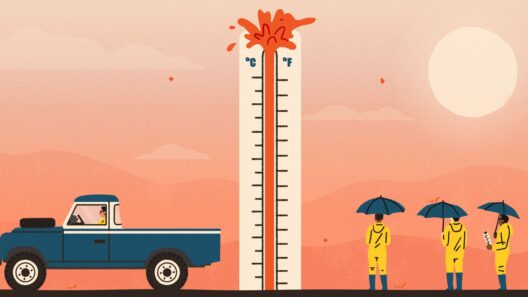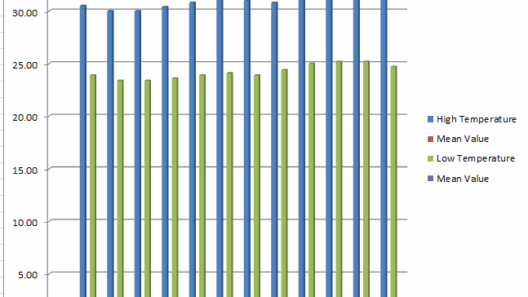What is the climate of the USA? A question that may seem simple at first glance, yet it ushers in a multitude of complexity. The United States is a vast expanse of diverse geographical landscapes that contribute to an equally diverse range of climate zones. From the arid deserts of the Southwest to the humid subtropical conditions of the Southeast, the USA’s climate paints a rich tapestry that is both intriguing and fraught with challenges. How well do you understand these climatic divisions, and are you aware of their implications on the environment?
To grasp the climate of the USA, it’s essential to consider its broad classification into major climate zones: Continental, Maritime, Tropical, Polar, and Arid. Each zone is characterized by unique weather patterns, temperatures, and seasonal variations. Adopting a geographical lens reveals how these zones interact significantly with human activities, wildlife, and even the economy.
Beginning on the West Coast, we encounter the Mediterranean climate, predominantly found in California. Characterized by warm, dry summers and mild, wet winters, this region supports a diverse range of flora and fauna. The agricultural bounty of California thrives under this climate, leading it to be one of the largest producers of fruits and vegetables in the country. However, there exists a poignant challenge here—droughts have become increasingly common, compelling states to contemplate water conservation strategies. How will this affect the future of agriculture in America?
Traveling inland, we reach the Great Plains, where the climate shifts to a temperate continental climate. This zone is characterized by hot summers and cold winters, creating stark temperature contrasts. The northern regions experience harsh winters while the south basks in warm, longer summers. This climatic diversity supports an agricultural economy dominated by wheat and corn, yet it also opens the door to extreme weather phenomena. Tornadoes, hailstorms, and blizzards are not just an annual occurrence; they are a fierce testament to nature’s whims.
To the northeast lies the humid continental climate zone, encompassing New England and parts of the Mid-Atlantic. Here, residents experience four distinct seasons, with warm summers and frigid winters. It’s a climate that fosters a variety of ecosystems, from deciduous forests to coastal wetlands. Yet this diversity is not without its trials; rising sea levels and increasing temperatures threaten this region, imploring local governments to rethink policies related to coastal development and disaster preparedness.
As we meander further south, the climate transitions into the humid subtropical zone of the Southeastern USA. With its higher humidity, abundant rainfall, and warm temperatures, this climate is conducive to lush vegetation. The region is home to the iconic pine forests and diverse animal species. However, it also faces the wrath of tropical storms and hurricanes—challenges that have become more severe due to shifting climate patterns. The question stands: how can communities better prepare for such natural calamities while preserving the rich ecosystems?
On the opposite side of the spectrum lies the arid climate of the Southwest. Arizona and New Mexico, parts of Texas, and Southern California immerse us in deserts characterized by scorching summers and mild winters. The landscape varies from arid to semi-arid, presenting both stunning beauty and significant environmental challenges. Water scarcity is a pressing issue, prompting significant discussions about sustainable practices and resource management. The allure of this region raises an interesting challenge: can conservation efforts keep pace with the relentless draw of urban development?
Conversely, in the north, we encounter the subarctic and polar climates of Alaska. These regions are characterized by long, harsh winters and short summers, with temperatures plummeting to extreme lows. Despite their inhospitable nature, these areas are home to a uniquely adapted array of wildlife and indigenous cultures. Climate change poses a formidable challenge here, as melting permafrost and increasing temperatures alter traditional lifestyles and habitats. This invokes a crucial question: how do we balance ecological integrity with the needs and rights of the indigenous Peoples of these regions?
The interconnectedness of these diverse climate zones in the USA leads us to ponder how climatic changes impact not only the environment but society at large. Climatic conditions directly influence agricultural productivity, economic opportunities, and even public health. For instance, the rise in temperatures may exacerbate the prevalence of heat-related illnesses, while shifting precipitation patterns may alter water supply and quality. It underscores the urgency of proactive climate action.
Additionally, the socio-political dimension cannot be overlooked. The phenomenon of climate migration becomes increasingly pertinent as communities displaced by flooding or extreme weather are forced to relocate. Imagining the contours of a future where people are uprooted presents an ethical challenge: how should society respond to populations seeking refuge from climate impacts?
In summation, the climate of the USA is an intricate mosaic. Each weather zone, with its unique characteristics and challenges, beckons us to deepen our understanding. These climatic conditions are crucial to shaping not only the environment but also the social fabric and economic landscape of the nation. The interplay of these factors continues to evolve. Are we prepared to embrace the complexity of climate dynamics and take actionable steps toward a sustainable future?
Within this landscape of looming threats and potential solutions lies an imperative call to action. It beckons individuals, communities, and policymakers alike to adapt, innovate, and collaborate in tackling the multifaceted climate challenges that affect us all. The climate of the USA is not merely a scientific concept; it is a living reality that affects every citizen, urging us to ask: what proactive measures are we willing to implement to safeguard our diverse climates and, ultimately, our planet?
